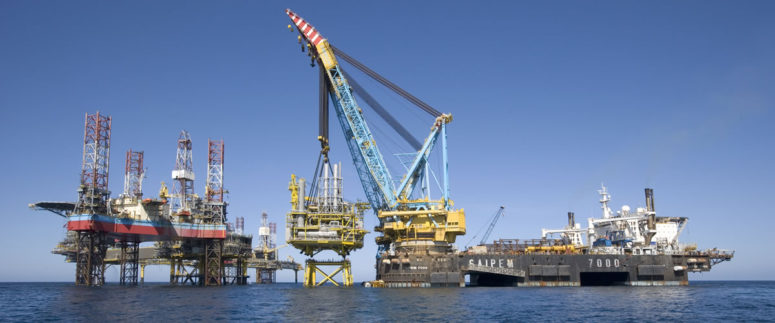The Risk Of Personnel Transfers Offshore

There is always a risk when it comes to the transfer of human assets on an offshore project. The risks are there whether personnel are being carried by helicopter or whether there is a marine transfer via a crew boat. Whatever the risks involved, any project that requires the transfer of personnel to an offshore platform must have a sturdy, flexible and accurate data management system at its core. This allows for safe and protective personnel transfer planning, which is at the core of any offshore project, no matter the type of operations that are on-going, or if the personnel are working continuously or for maintenance and repair tasks.
In many offshore settings, especially in the North Sea as a specific example, helicopters are the most commonly used method to transfer personnel to offshore installations. Whether helicopters or marine vessels are used to transfer crew there are many dangers involved. The risks are usually at the point of transfer itself, with marine transit usually involving passengers being transferred via carriers that are lifted by crane onto the platform they are travelling to. There is not as much historical data of the risks attached to this type of marine personnel transfer, though there are instances of helicopter accidents offshore that are well documented. The ability to draw on accurate and historical information will help to gain a clearer picture of the risks associated with personnel transfers offshore.

Data is king in the offshore world. The more information available to those in control of marine personnel transfers, the higher the safety levels will be. Being able to integrate all up-to-date data and information with on-board crew transfer terminals offers a chance for secure and efficient transfers at all times. The option to work with a system that allows for a capture of all historical transfers, both successful and unsuccessful allows for greater planning capabilities over time.
There are a number of other factors that are desirable within personnel management systems for offshore purposes. These include the ability to notify all personnel that have been included within a manifest or marine personnel transfer plan of the exact departure times and locations, via the method of their choosing (usually SMS or email).
A good marine personnel transfer plan will include accurate personnel records of all individuals slated to be on board each vessel. This ensures that verification procedures can be put into place, integrated with crew transfer terminals so that on board each vessel all expected personnel can be displayed for easy head counts and verification, as well as at the planned embarkation and disembarkation locations for a fully integrated system of marine transfer personnel tracking.
One of the major benefits of having an accurate personnel transfer management system in place is that it provides the management at all ends the solid framework from which flexibility can be achieved. If there is a deviation from the manifest in terms of present personnel, this can be addressed quickly, as can the editing of transfer plans within each day, creating new routes around assets for embarking and disembarking when new, and critical, information becomes apparent.
Content written by William Newman
